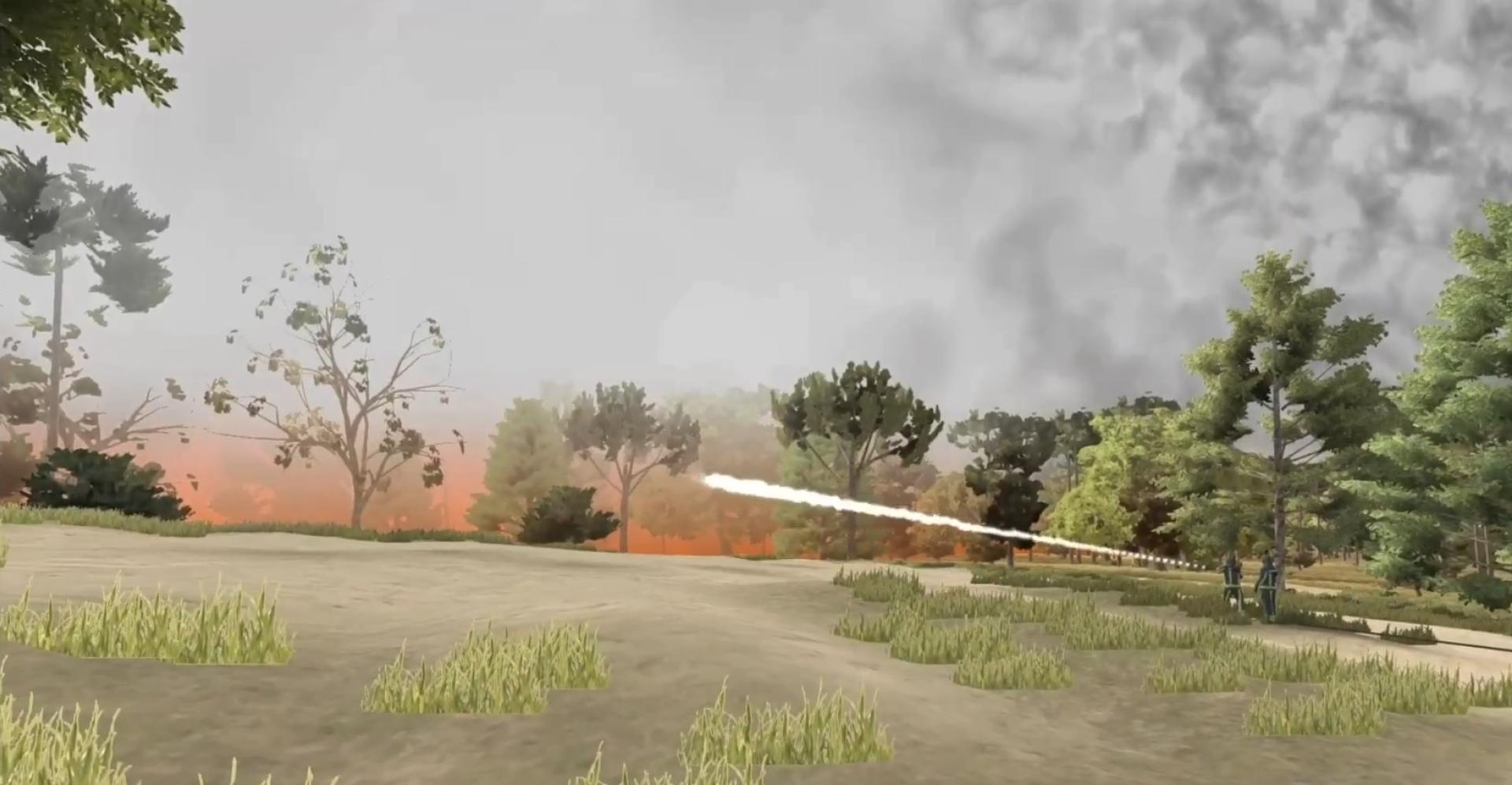
Lower Saxony Academy
"Virtual reality enables us to achieve a better learning outcome."
Traditionally, our academy has been using scale models to train students on operating in incident situations. This method is labour, time and cost intensive. You have to make, edit and print many photographs of the objects, build up the entire model and remove it afterwards. The costs in time, materials and printing come back with every new training scenario. Additionally, the models and vehicles are subject to wear and tear and need replacement at some point. Furthermore, we could only run a training scenario with a maximum of three participants, which meant we always had to make the other trainees wait in the hallway.
Virtual reality allows us to build and adapt training scenarios with very little preparation and also to exchange scenarios for free with other fire fighting academies. The use of virtual reality also means no more building costs for scale models, or unnecessary waiting for students. Just turn the pc on, load the scenario and go!
Because building training scenarios is now cheaper and easier, we can create greater diversity and realism in emergency situations,which helps us achieve a better learning curve. For instance, reconnaissance training in incident command becomes much more realistic. It also forces trainees to think much harder about placing the vehicles.
Finally, the ability to create preprogrammed events eliminates the need for an additional instructor, who would be needed in a scale model training of similar complexity. We still use scale models for training with multiple command procedures on multiple command levels, but in many aspects virtual reality is a valuable addition to our training methodology.

